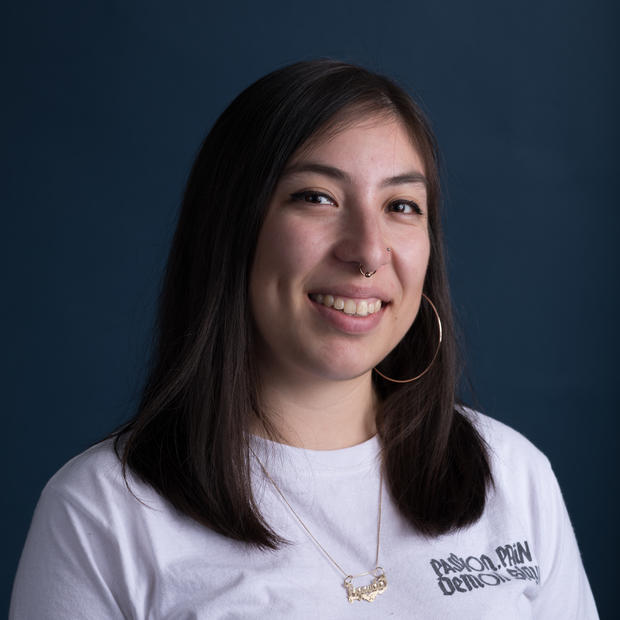Still, things have changed. Showing up as a photographer is different from showing up as a writer. With a camera I’m supposed to be a fly on the wall. I stand back and observe, waiting for the perfect moment to happen. I notice people keep their distance from everyone, including me, wary of staying the 6 feet apart recommended by the Centers for Disease Control and Prevention. I’ve had a front-row seat to the way the pandemic has not only impacted the art scene, but changed social norms as we know them. Luckily, my photo subjects have been innovators. If there’s one thing I know about artists, it’s that they can and will think outside the box.
That comes through in the interviews I’ve been doing with artists, too. Despite many of us being stuck in our bubbles, many artists told me they’ve had lots of space to think. Away from the buzz of the before times, they’ve been able to reconsider their purpose in this world and the impact they can make. And while we all know that the limited social gatherings have hit the arts and culture scene hard, the artists’ resilience comes through in their continued creativity and passion. Art cannot and will not die because as long as humans think, humans will get creative.
Earlier this year in Burien, local creative Roxana Pardo Garcia thought about her childhood experience with food banks and how they continued to let Latinx communities down, so she got to work. Now she keeps the local Latinx community fed and her culturally inclusive food bank model is on its way to being re-created across the county.
More recently I spent a week jumping among neighborhoods to take photos of new art spaces. The decision to open an art space now, in this economy, is brave and risky, but heroes come in many forms. I met with Museum of Museum’s Greg Lundgren, a gruff stalwart in the local art scene. In Ballard, Anna Mlasowsky finally fulfilled her dream of opening a window gallery, a bright surprise for the neighborhood. And closer to me, in my hometown of Des Moines, I visited Sun Spot, a tiny little gallery that offers art alongside small zines free of charge — a thoughtful treat for a town with a less than robust art economy.
And for my story last week, artist Marela Zacarias epitomizes the boundlessness of an artist’s mind, even when the world stands still.
Covering arts and culture is challenging, especially now. But like so many of the artists I’ve talked to, I too have had the time and space to think about my life and my role. Getting to see up close how our region’s art scene perseveres and how it echoes my own pandemic experience is reinvigorating. I hope it does the same for our readers.
Have questions about how Washington artists shape local culture, and how it shapes them? Send them to Agueda through Northwest Wonders using the form, below.



